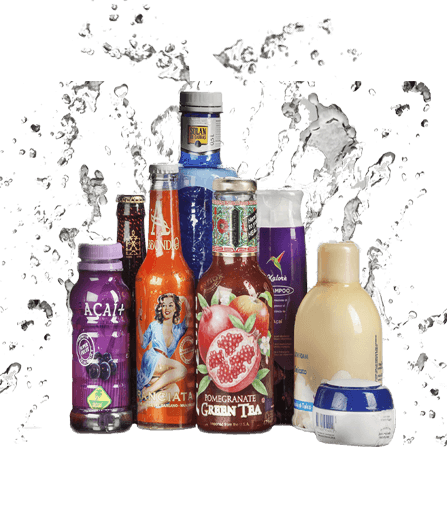Automotive Shrink Film is a recognized non-toxic material, which can be made into a heat-shrinkable label material with high transparency, good processing performance and good toughness. Since PE is a non-polar material, the adhesion to the ink is weak, and the ink layer is easily peeled off, so surface treatment must be performed before printing. PE heat shrinkable film is especially suitable for food, medicine, beverage and other industries.

What is Automotive Shrink Film?
Production Technology and Characteristics
Applications in Automotive and Other Industries
PET vs PVC Shrink Films
Environmental Benefits
Tips for Printing and Labeling
Frequently Asked Questions (FAQ)
Automotive Shrink Film is a type of heat-shrinkable packaging material that can conform tightly to containers and products when heated. It is commonly made from PE, PET, or PVC.
PE heat shrink film: suitable for food, medicine, and beverage industries.
PET shrink film: environmentally friendly, easy to recycle, high transparency.
PVC shrink film: traditional material, high gloss, but less eco-friendly.
Shrinkable films are generally produced using the bubble tube stretching process. Key characteristics include:
High shrinkage rate (up to 70% for PET films)
High transparency and gloss
Good mechanical properties and toughness
Fireproof, antistatic, and waterproof properties
Important note: PE is non-polar, so surface treatment is required before printing to ensure ink adhesion and prevent peeling.
Automotive Shrink Film is widely used for:
Automotive parts labeling: heat-shrink labels for bottles, containers, and packaging
Food and beverage packaging: bottles, cans, and cartons
Pharmaceutical packaging: tamper-evident labels
Cosmetics and personal care: high-end packaging protection
Industrial products: shrink labels for cylindrical or irregular containers
Its strong shrinkage and elastic tension ensure secure wrapping and protect the product during transport.
| Feature | PET Shrink Film | PVC Shrink Film |
|---|---|---|
| Shrinkage Rate | Up to 70% | High, but less than PET after modification |
| Transparency | High | High |
| Recyclability | Easy to recycle | Difficult |
| Environmental Safety | Non-toxic, tasteless | May emit toxic gases when burned |
| Applications | Beverage bottles, eco-friendly labels | Traditional labels, cosmetics |
PET shrink film has become the preferred choice in developed countries due to its environmental advantages and mechanical performance.
Non-toxic and tasteless
Easy to recycle
Reduces carbon footprint compared to PVC films
Meets modern packaging requirements for low-energy, low-pollution production
Environmental considerations make PET shrink films a sustainable alternative for automotive and consumer goods packaging.
Surface treatment: Required for PE-based films to improve ink adhesion.
Lamination: Adding a substrate of the same nature can protect the printed image and enhance durability.
Container shape: Cylindrical or ring-shaped containers are ideal for shrink film labeling.
Temperature control: Proper heating ensures uniform shrinkage without damaging the product.
Q1: Can Automotive Shrink Film be used for food packaging?
Yes, PE and PET shrink films are non-toxic and suitable for food and beverage packaging.
Q2: What is the maximum shrinkage rate for PET shrink films?
Modified PET heat shrink films can achieve over 70% shrinkage, making them ideal for tight wrapping and label applications.
Q3: How does PET shrink film compare to PVC shrink film?
PET is more environmentally friendly, recyclable, and emits no toxic gases, while PVC can produce toxic fumes when burned.
Q4: Which industries use Automotive Shrink Film?
Automotive parts, food & beverage, pharmaceuticals, cosmetics, and industrial products.
Q5: How to improve print durability on PE shrink film?
Surface treatment and optional lamination can prevent ink peeling and enhance image protection.
Discover our full range of Automotive Shrink Film products
Copyright © HUBEI HYF PACKAGING CO., LTD. All Rights Reserved | Sitemap
| Powered by

SEOKeywords:Shrink Wrap Film Customized Biodegradable Shrink Film Pvc Shrink Film Rolls Flexible Packaging Film Petg Shrink Film Properties Custom Printed Shrink Film High Shrink Petg Shrink Film China Pvc Shrink Wrap Film Shrink Sleeve Plastic Label Films Shrink Sleeve Packaging Pvc Shrink Film Manufacturing Process Pvc Super Clear Shrink Film Heat Shrink Film Roll Pvc Shrink Film For Bottle Label Price Shrink Wrap Uses China Shrink Film Pvc Clear Shrink Film Printable Shrink Film Plastic Shrink Film